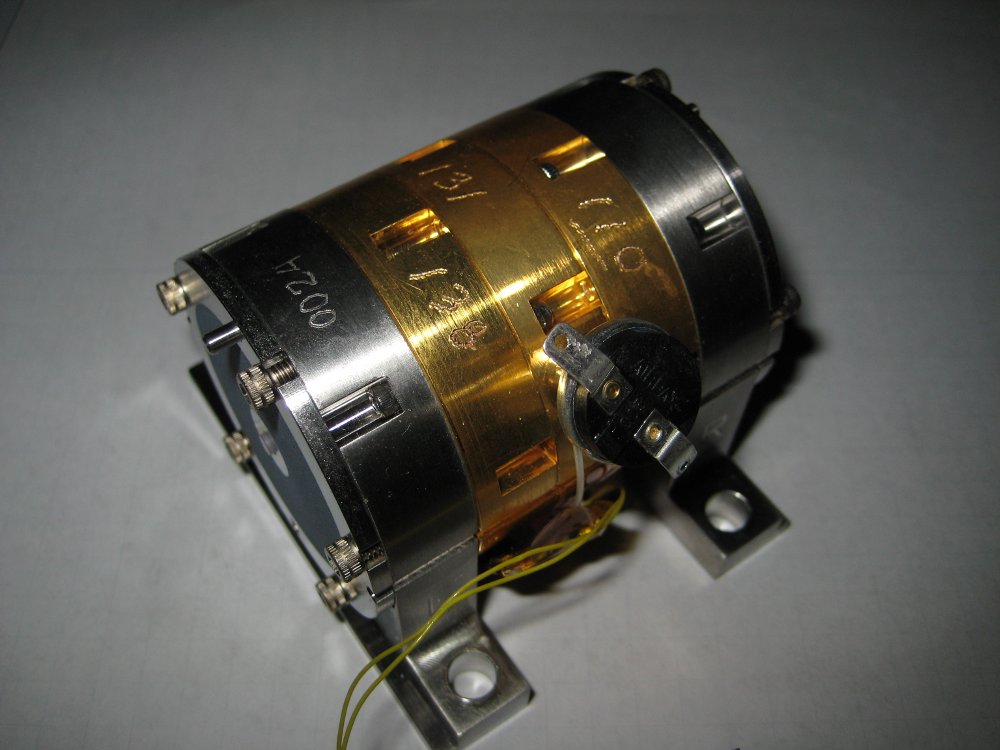- The new Laserscopes were marketed as "Greenlight HPS" and were manufactured by a company named AMS. Presumably AMS had bought out Laserscope sometime in '07.
- The "Greenlight HPS"was a 120W system, significantly more than the 40W the KTP/YAG was rated for.
The latter was not too exciting; the Greenlight PV (which was known to the hobbyist community) was an 80W lamp-pumped system that pulled 50A@220V. Then we noticed the line requirement sticker on the back of the laser in one of the eBay listings:
 |
| something fishy is going on... |
See that? 120W of green out of a 20A 220V single phase outlet - 50% more power than the PV at under half the power draw. We had a hunch that this might be a DPSS laser, and fortunately, AMS's website quickly confirmed that.
We were lucky - there was a unit on eBay for $1800 that was throwing error 611. The very sparse operator's manual (intended for doctors and other end-users) indicated that error class 600 was a chiller error, so we figured that the chances that the laser was repairable was high. We also learned a few other things:
- The HPS has encrypted smart cards which encode the usage of each fiber. This presumably allows AMS to sell more fibers; each fiber will only operate for 120 min or 250kJ (whichever comes first) before needing to be replaced.
- Unlike the KTP/YAG, which had interlocks that were simply digital lines, the HPS has a fairly complex system of computers inside which manage security and interlocks.
- At least two other people in the community owned one of these lasers, but neither had been able to defeat the interlocks and turn on the laser.
We figured that it was worth a shot nevertheless, after all, the most important part was the laser head, and interlocks or not a 120W head for $1800 was not bad. Also, how strong could the security be, anyway?
One week later...
The laser finally showed up, and the first thing to do, of course, was to pull off the covers and take a look at the innards. Peter and I had been both expecting gain modules side-pumped by a few hundred watts of diodes in the form of a couple dozen bars, such as in the Coherent Avia:
 |
| mmm donuts |
 |
| wut? |
The diode stack had micro-lenses on each bar, and a train of collimating optics consisting of some lenses and what appeared to be a lens duct focused the stack's output onto the end of the ~10mm YAG rod.
 |
| diode close-up |
 |
| diode driver |
 |
| chiller |


My GreenLight HPS have problem 833 and 653 can you help me ?
ReplyDeletethanks
We are discussing these lasers at laserpointerforums.com - https://laserpointerforums.com/f46/permanent-thread-ebay-other-internet-finds-interest-read-all-op-please-sub-75750-246.html
ReplyDeleteHey! My GreenLight HPS also has Problem 833. I'd really appreciate it if you can help me out. My email is youvigy@gmail.com
ReplyDelete